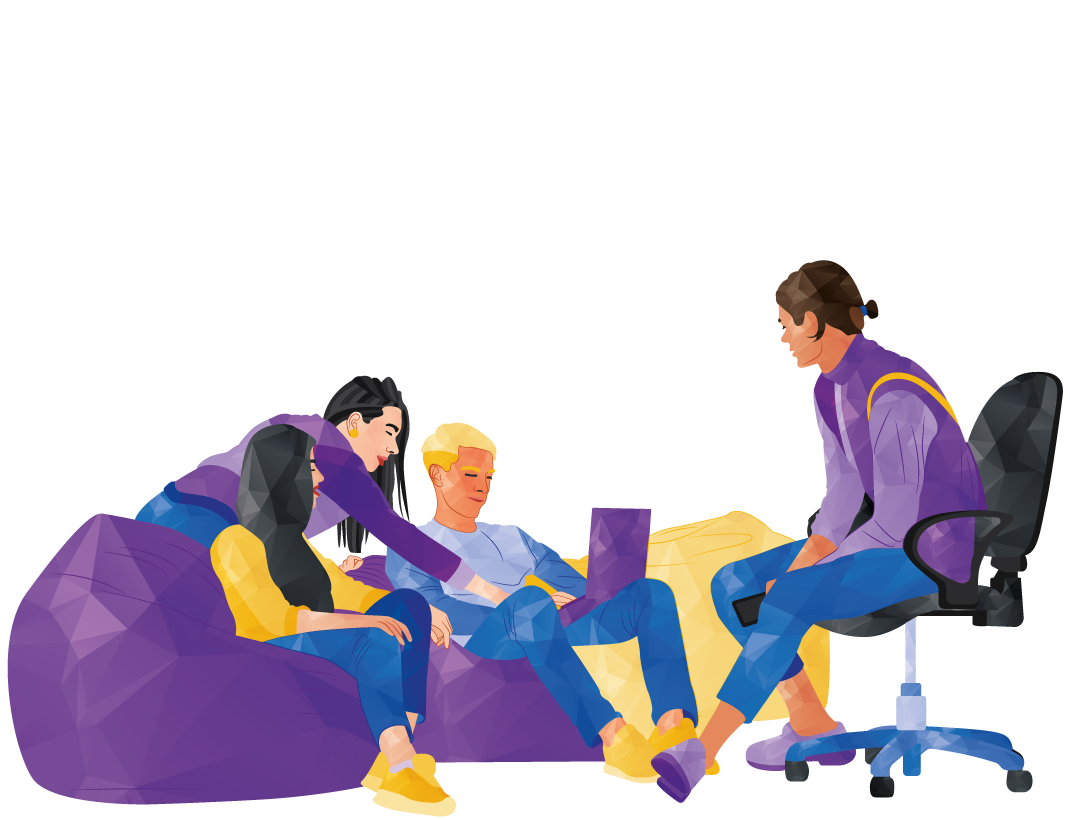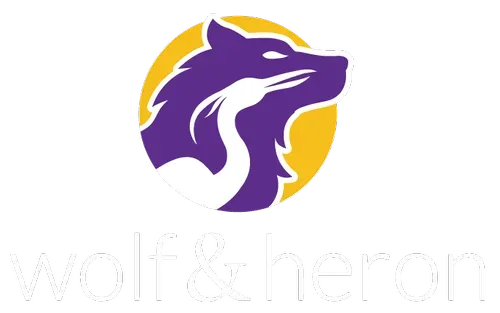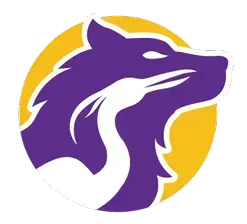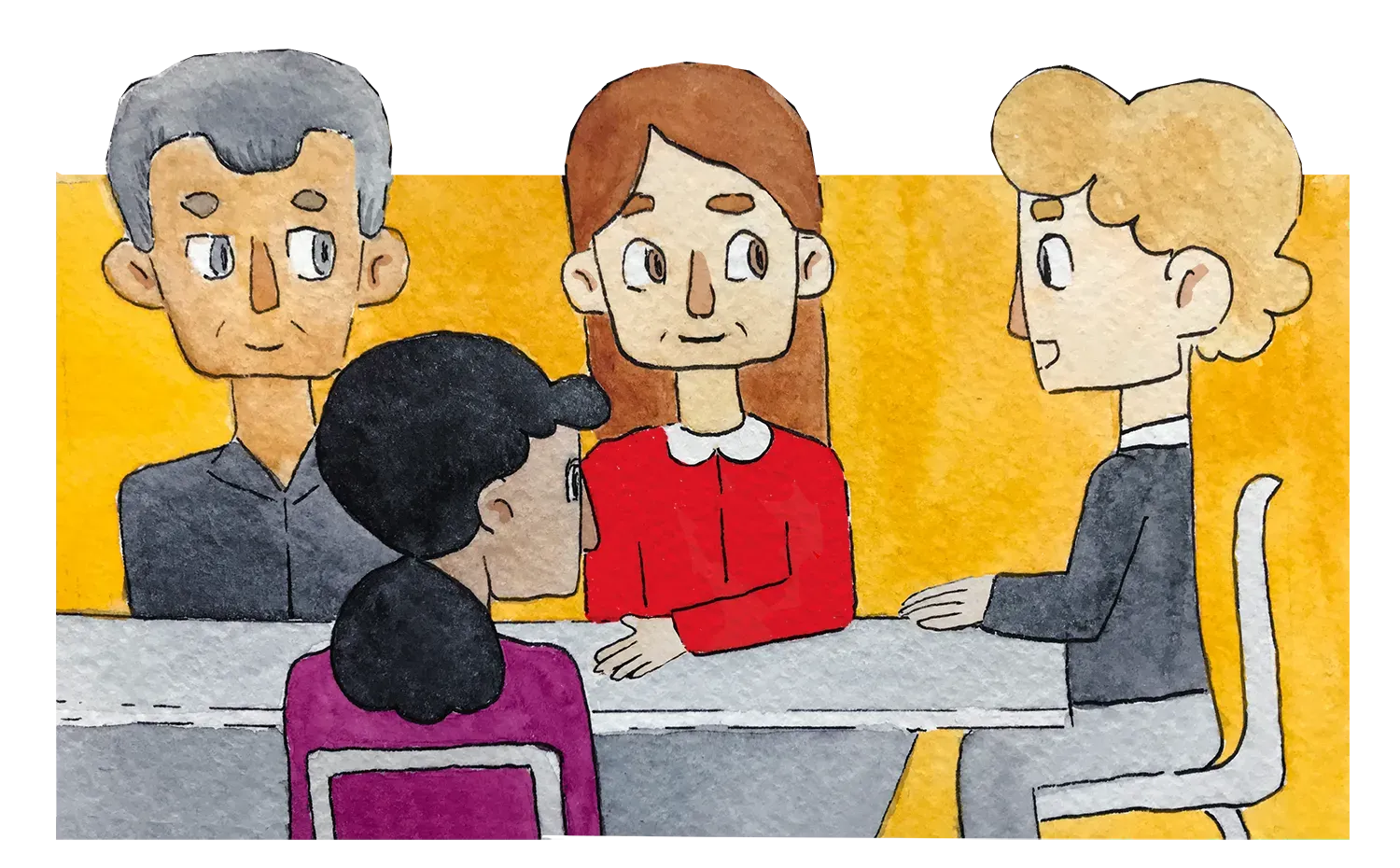Attack Your Meeting Problem With a Set of Questions

What is the point of this Meeting?
It started like any other meeting: a calendar invite, 15 people, and a vague glimmer of hope that this one would be different.
We were planning a sales kickoff event, and the goal of this particular meeting was to land on a theme—something catchy and inspiring that would shape the story arc of the entire conference. When the meeting began, the organizer stated the purpose clearly (promising start!), and then… silence. She looked at us expectantly, as if a fully formed, on-brand theme would just tumble out of someone’s mouth.
Instead, we did what most people do in that situation: we spiraled into an hour-long loop of half-formed ideas, hesitant suggestions, polite interruptions, and a general sense of “why am I here?” When the meeting ended, we had no theme, no direction, and no clarity.
We repeated that same meeting two more times before finally making a decision.
Three hours. Fifteen people. That’s practically an entire workweek spent chasing inspiration we could have found with a bit more structure and intentionality.
And that’s the problem. Not just with this meeting—but with meetings everywhere.
The Meeting Problem
Most organizations don’t have a meeting problem so much as they have a thinking-about-meetings problem.
Too many meetings are:
- Scheduled by default (“We always meet on Tuesdays.”)
- Held without a clear purpose or plan
- Dominated by a few voices while others check email
- Drifting aimlessly without resolution or follow-up
And that’s if people show up in the first place.
In our work with leaders across industries, we’ve seen this over and over: intelligent, well-intentioned people wasting hours in meetings that feel more like performance art than productivity. It's not that they don’t care. It’s that no one ever taught them how to design and facilitate a great meeting.
What If You Treated a Meeting Like the Event it actually is?
Think about it. When you plan an offsite, a conference, or even a dinner party, you ask yourself questions like:
- Who should be there and why?
- What do we want people to walk away with?
- How can we keep the energy up and make space for meaningful engagement?
But when it comes to meetings? We wing it.
It doesn’t have to be that way.
At Wolf & Heron, we believe meetings should be purposeful, engaging, and—dare we say it—worth it. That’s why we created the Master Your Meetings card deck.
A Better Way to Meet
This isn’t just another stack of conversation starters or icebreakers. The Master Your Meetings card deck is a tool for anyone who wants to design and lead more intentional, effective, and efficient meetings—whether you’re an HR professional coaching managers, or a team lead pulling people together for a cross-functional workstream.
Inside the deck, you’ll find:
- 50+ powerful planning questions to help you think through purpose, people, process, and potential pitfalls—before you send the invite.
- Facilitation tips to handle the inevitable curveballs (because no agenda survives first contact with a calendar full of overworked humans).
- Meeting design strategies grounded in the science of influence—so you can spark participation, drive alignment, and get stuff done.
In short: this deck is like a meeting whisperer in your pocket. It helps you stop running on autopilot and start showing up with purpose.
Because Time Is Too Valuable to Waste
The truth is, meetings aren’t going anywhere. And that’s okay. Meetings—when done right—can be places of insight, momentum, and connection.
But they don’t get that way by accident.
So the next time you're tempted to just “get everyone in a room and talk it out,” pause and ask yourself a better question.
Actually—ask yourself 50 better questions.
Because with a little more thoughtfulness, your meetings can be the best use of everyone’s time—not just a black hole in the calendar.
Set yourself up with a
Master Your Meetings card deck!
Recent Posts





